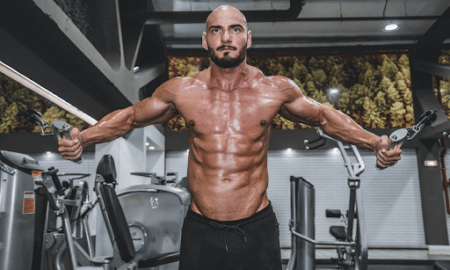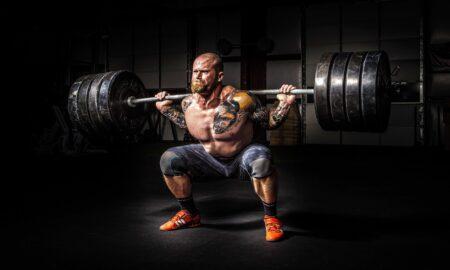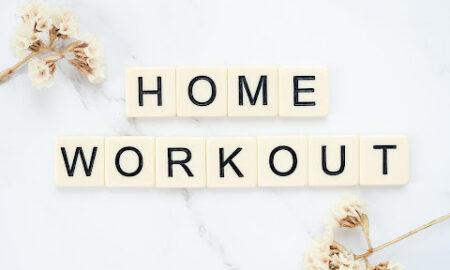 There’s much debate about weight training for young people, and opinions are divided into two camps: One believes young people shouldn’t weight train at all; the other believes they should.
There’s much debate about weight training for young people, and opinions are divided into two camps: One believes young people shouldn’t weight train at all; the other believes they should.
The camp that doesn’t want 12-to-16-year-olds to weight train often relies on myth and misinformation, such as: “It will stunt your growth”; “It will damage the growth plates”; “It will damage the joints.” There isn’t a shred of truth to any of those ideas.
That doesn’t mean a person who trains with weights can’t be injured. Injuries in young people from weight training are caused by lack of supervision, poor program design, poor exercise selection and overtraining.
Those who feel that young people can lift weights have much evidence to support their position. Dr. Michael Reed, medical director of the United States Olympic Committee, says, “Several years ago I studied the incidence of injuries in school-age (six to 16) weightlifters during competition over a five-year period. Almost 1,200 athletes were observed. There were a total of eight injuries. None of the injuries involved the spine. All eight injuries were minor, and the athletes were able to return to training and competition right away.” Reed cites research on injury patterns in junior weightlifting—ages 16 to 20—showing a very low injury rate and, once again, no spine injuries. He adds that weightlifting is safe for children as long as they’re properly coached by someone who’s been trained to teach Olympic lifts.
At the Soft Tissue Center we do see injuries to the lumbar spine, a.k.a, the lower back, in young athletes. Overwhelmingly, we see them from soccer, track and field, dance, gymnastics and volleyball; many of the athletes have never weight trained. Their injuries are typically caused by overtraining and overuse, especially if hyperextension of the back occurs repeatedly. The part of the spinal column that’s injured is the pars or pedicle. It’s not mature and can’t withstand the load that overtraining places on it. It begins to have a stress response, and if the load isn’t reduced, the pars fractures. Back pain in an athletic young person of five to 16 years of age requires medical attention. If the athlete’s history and examination are consistent with a pars fracture, an MRI or bone scan can be used to detect the fracture.
Once a pars fracture occurs, the young athlete must rest. If he or she cooperates and rests, the bone may heal. Torso braces are used in some cases to make sure the young spine doesn’t move too much during the healing process. If the athlete is uncooperative and remains active, the bone will most likely not heal, and the fracture will persist. In adulthood that fracture is known as spondylolysis or spondylolisthesis. In some cases surgery may be required. As Dr. Robert Bray, the founder of Diagnostic and Interventional Spinal/Sports Care in Marina del Rey, California, explains, “If an athlete not older than 14 years of age has a pars fracture, a simple surgical procedure can be performed in which a screw is placed through the pars until it heals. The screw is then removed, and the athlete will not have the long-term problems that may occur if the fracture remains. This procedure is very effective. If the athlete waits until 16 years of age, the healing rate of the fracture is greatly diminished.”
While disk herniations are uncommon in young athletes, we are seeing more adult-type injuries of the adolescent spine because of severe overtraining. I recall a 14-year-old athlete who competed in school and club softball, school and club volleyball, school and club basketball and then took up track and field. She collapsed one day in sudden back pain. The history, age, location and description of pain was consistent with a pars fracture. The MRI revealed a small herniated disk, and it had already turned dark on the MRI, indicating a loss of water. She’d also lost height. Those are changes I wouldn’t expect to see until someone was 40. Young athletes can’t physiologically or psychologically withstand an adult training program. Adult athletes can and do overtrain as well—but that’s a topic for another day. IM
Editor’s note: Visit www.SoftTissueCenter.com for reprints of Horrigan’s past Sportsmedicine columns that have appeared in IRON MAN. You can order the books Strength, Conditioning and Injury Prevention for Hockey by Joseph Horrigan, D.C., and E.J. “Doc” Kreis, D.A., and the 7-Minute Rotator Cuff Solution by Horrigan and Jerry Robinson from Home Gym Warehouse, (800) 447-0008, or at www.Home-Gym.com.




















You must be logged in to post a comment Login